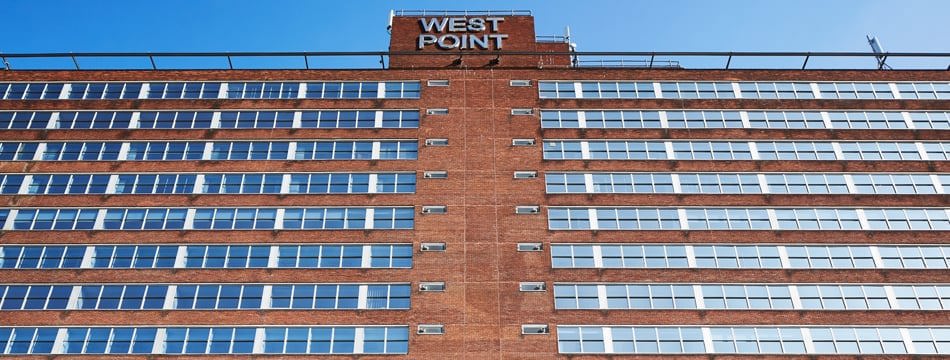Promat Technical Support
Contact our technical support team with your questions on passive fire protection solutions, our products and systems or installation advice.

Change-of-use and refurbishment schemes are booming. As UK cities grapple with housing shortages and high land costs, it makes sense from a sustainability and accessibility perspective to maximise existing assets. Nevertheless, these schemes have their challenges, particularly for fire safety. When you alter how a building is used, you also change the measures required to make it safe.
The most common conversions - office blocks to new homes, student accommodation or hotels - all call for increased periods of fire resistance. It’s not a case of one size fits all as different buildings need different approaches. Areas within those buildings also need to be treated differently – for instance, escape routes in a residential block (like public corridors and staircases), need greater fire protection than individual flats to allow people time to evacuate.
The best fire protection strategies consider the design of individual buildings and how they are used by occupiers, using both active and passive measures in a holistic approach.
With the performance of fire materials under scrutiny, it can seem challenging to find the right solution. However, there are some best practice principles that project teams can adopt to ensure they deliver fit-for-purpose buildings that provide quality of life and peace of mind for users.
Taking stock Fire safety must be considered early on in a project. There are some key questions that project teams should ask at the design stage to ensure they choose the right combination of fire protection materials. First, what’s the current make up of your building and what materials were installed in the past?
Dirt, damage and contamination, as well as existing design and materials, can all pose problems for fire safety. If a concrete slab has been painted, for example, it’s important to establish exactly what the paint is before making any decisions. It may be incompatible with any fire-resistant materials applied on top.
Sometimes teams may not have all the facts to hand. Depending on a building’s age and the quality of past paperwork, it can be hard to know what was installed in the past. The safest option in this case is a solution that covers all circumstances.
Balancing project requirements Second, how will your fire safety solution impact other project requirements? In particular, what will it mean for floorspace?
The fire resistance of a concrete column results from several factors: its size, the load, the position of reinforcement and amount of concrete cover. These are predetermined in a refurbishment, so additional material must be added to increase fire resistance. Depending on the solution, this can increase the column’s footprint, in turn reducing lettable floorspace. Engaging materials suppliers will help teams find the right products that balance safety alongside space.
The importance of installation Finally, have you checked the provenance and quality of your fire protection materials and appointed installer?
Teams should confirm that products meet the latest EN standards and structural Eurocodes and only use third-party accredited installers. Materials manufacturers can advise on quality assured products, but these are only as good as the people who fit them. Using accredited installers ensures that materials deliver their designed performance and avoids the need for remedial works in future.
Change-of-use and refurbishment schemes pose fire safety challenges, but by considering the issues early on, establishing the facts about a building and engaging with experts, project teams can ensure they navigate the issues safely and meet the needs of building users and landlords.
Nigel Morrey, Technical Director at Etex Building Performance

Contact our technical support team with your questions on passive fire protection solutions, our products and systems or installation advice.
Find the product datasheets, system brochures, declarations of performance, installation manuals and other documents you need to get the job done.
Follow #Promat on social media: